The flag of India, known as the Tiranga or ‘Tricolour,’ serves as a powerful emblem reflecting the nation’s diverse ethos and enduring principles. More than just fabric, it symbolizes the collective consciousness of over a billion people, bridging varied linguistic, geographical, and cultural landscapes.
Flag of India
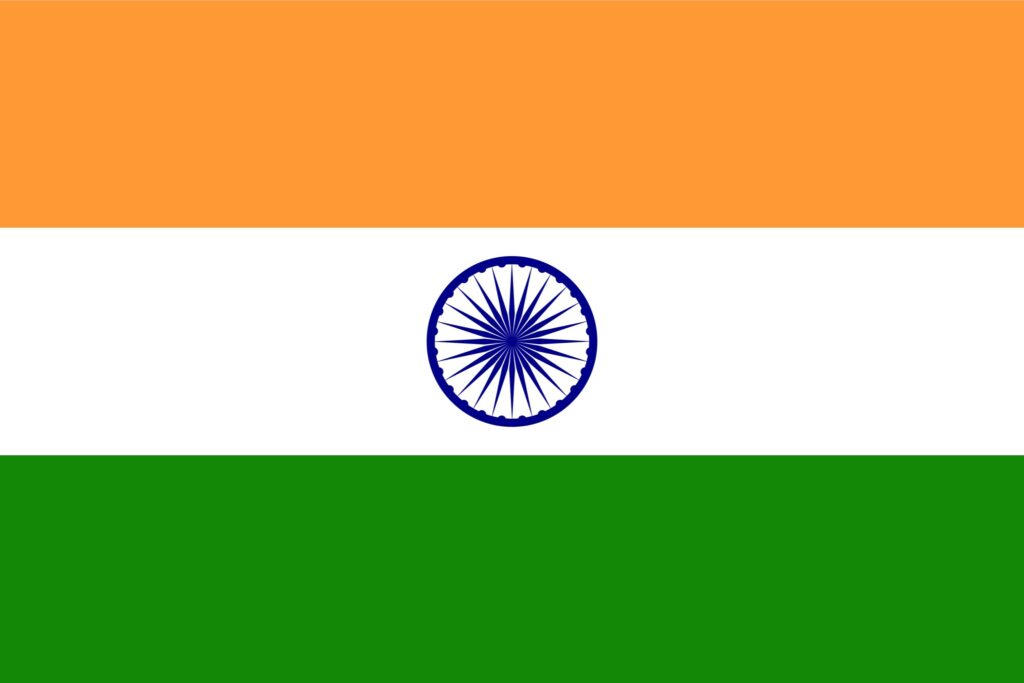
The Indian flag, the Tiranga, displays three equal horizontal bands of saffron, white, and green, with a navy-blue 24-spoke Ashoka Chakra at its center. This flag, embodying over a billion people’s collective consciousness, unites India’s diverse linguistic, cultural, and geographical landscapes.
Flag of India: Color Palette
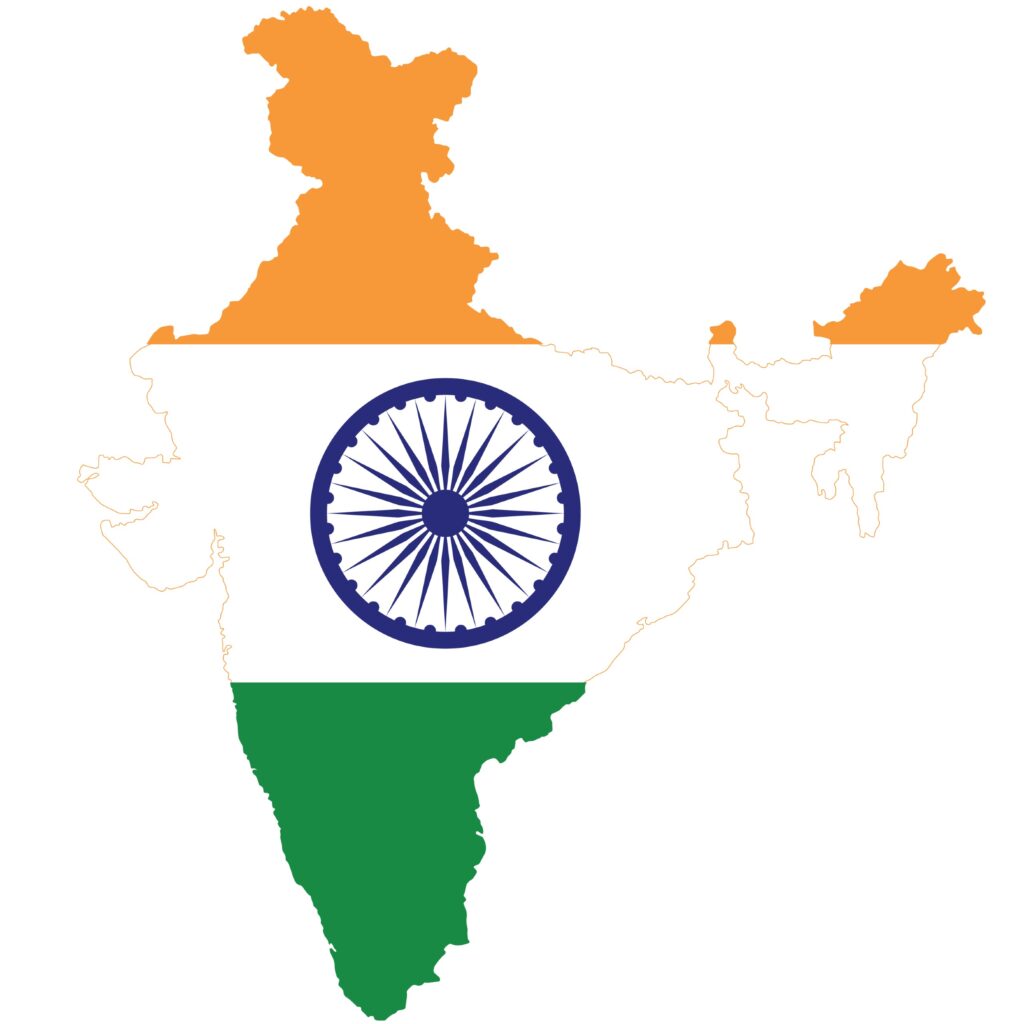
India Flag Emoji: 🇮🇳
The color palette of India’s flag comprises three distinct hues – deep saffron, white, and dark green, each chosen for its profound symbolic value. Each hue of the flag is complemented by the navy-blue Ashoka Chakra, together representing key facets of India’s identity.
Meaning of Each Color
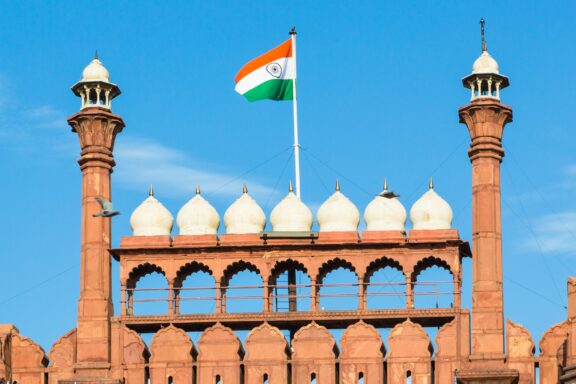
Saffron
The saffron top band, a color deeply rooted in religious traditions, signifies the nation’s resilience and valor. This color has deep religious connotations in Hinduism, Buddhism, and Jainism, often seen in the robes of renunciants who have left behind worldly pursuits.
In the context of the flag, saffron represents the strength and courage of the country. It is a tribute to the selfless sacrifice of the nation’s leaders and citizens in their struggle for independence and dignity.
White
White is universally recognized as a symbol of peace, truth, and purity. In Indian culture, it is often associated with knowledge and cleanliness and is a standard color in religious and spiritual contexts.
The white middle band of the flag signifies peace and truth. It represents India’s commitment to maintaining ethical conduct and peaceful relations within and outside its borders.
Green
Green is a color that symbolizes life, growth, and auspiciousness in various cultures. In India, it is often associated with fertility, prosperity, and the vibrancy of the land.
On the flag, green represents the land’s fertility, growth, and auspiciousness. It highlights India’s connection to its agricultural heritage and its commitment to environmental sustainability.
India’s Coat of Arms

Complementing the flag, India’s Coat of Arms represents integrity and ethical governance, embodying principles that guide the nation. It represents India’s prosperous past and embodies the principles that guide the country’s path forward.
The nation’s emblem signifies unity and India’s collective spirit, reflecting its historical depth and contemporary values. This emblem, more than a symbol of statehood, is a testament to India’s enduring ideals and aspirations.
Historical Evolution and the Meaning Behind Changes
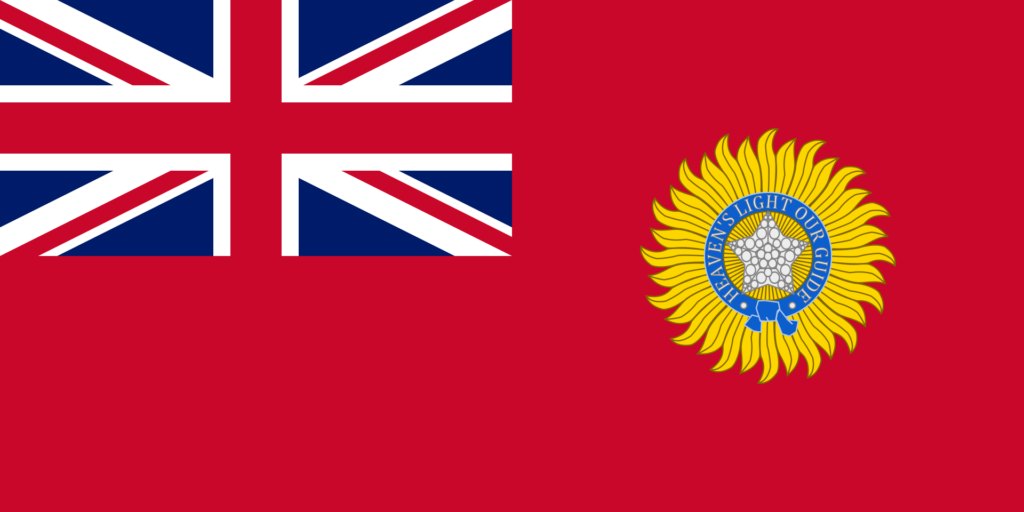
The Indian flag’s evolution reflects its historical and cultural journey, starting with varied regional flags and culminating in the unified Tiranga. Early 20th-century designs included several iterations, each marking a step towards national unity.
The flag’s transformation, particularly in the 1920s and 1930s, was influenced by India’s struggle for independence and the need for a symbol representing all communities.
The final design, adopted in 1947, replaced previous symbols with the Ashoka Chakra, signifying a new era in Indian history and the departure from colonial influence.
This evolution from diverse regional symbols to a singular national emblem encapsulates India’s path to independence and unity.
Overall Symbolic Meaning of the Flag
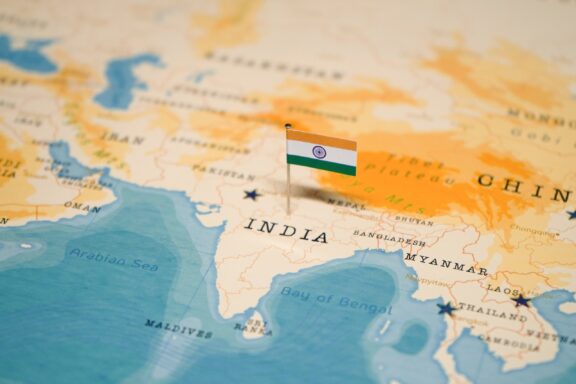
The Indian flag symbolizes the nation’s unity amidst diversity, resilience through historical challenges, and aspirations for harmony and progress. Embodying the spirit of India, it reflects a country deeply rooted in its past yet dynamically evolving towards an inclusive future.
The flag is a testament to the collective identity and enduring values of the Indian people.
Similar Flags to the Flag of India
Globally, flags such as those of Niger, Ireland, and Côte d’Ivoire share similarities in color schemes with India’s, each reflecting its own unique cultural and environmental aspects.
Niger
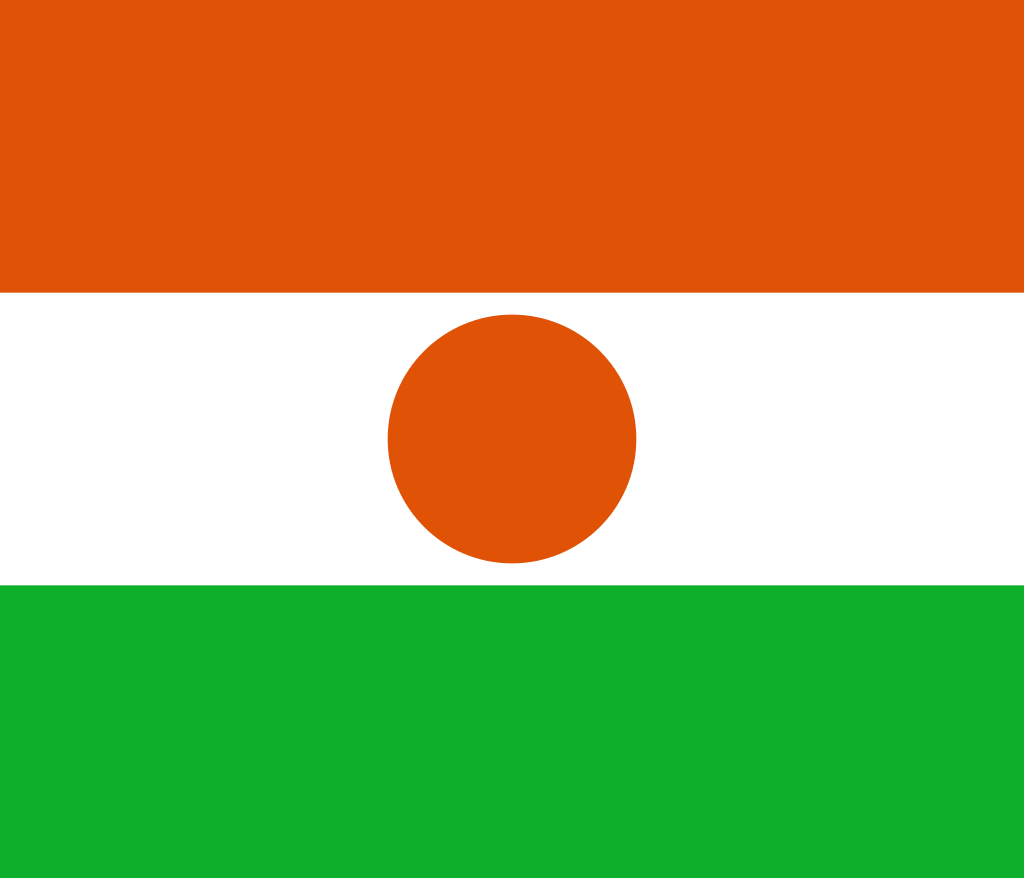
The flag of Niger features a horizontal tricolor of orange, white, and green bands. Although the color arrangement differs from India’s saffron, white, and green, the use of similar colors suggests a commonality in representing cultural and environmental aspects.
The orange symbolizes the Sahara Desert, white for purity and innocence, and green for the fertile regions of Niger and hope.
Ireland

The Irish flag consists of vertical green, white, and orange bands. While the color scheme is reminiscent of the Indian flag, the symbolism and layout are distinct.
The green represents the Gaelic tradition of Ireland, the orange signifies the followers of William of Orange in Ireland, and the white symbolizes peace between these groups.
Côte d’Ivoire (Ivory Coast)

The flag of Côte d’Ivoire displays three vertical stripes of orange, white, and green. Like India’s flag, it utilizes green and a shade of orange (saffron in India’s case), but the meanings are different.
The orange represents the land, the white peace, the green hope, and the lush forests.
Conclusion
The Indian flag symbolizes the nation’s unity, history, and aspirations. Recognized globally for its unique design, it embodies India’s collective spirit and diversity. For its citizens, the flag is a powerful symbol of national pride, representing their shared heritage and hopes for the future.
Image Sources and Copyright Information
- Indian Flag Pin on Map: © hyotographics/Shutterstock
- Flag of Ireland: The official flag of Ireland